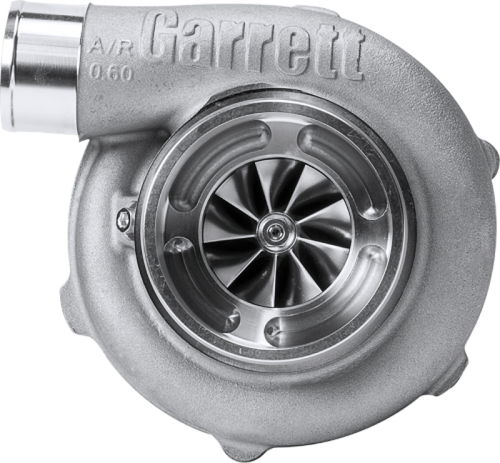The Garrett Heritage
The name John Clifford Garrett is inextricably linked to the story of turbocharging. Garrett’s passion for engineering and aviation was evident from an early age and in 1928 he became Lockheed’s 29th employee. However, he harboured an ambition to run his own aviation corporation and on May 21, 1936, he created the Aircraft Tool and Supply Company (later the Garrett Supply Company) in a one-roomed office in Los Angeles. By the end of the 1930s, the company‘s first product, an all-aluminum aircraft intercooler, had been built. By the end of the 1940s, post-war planning had paid off with a listing on the NYSE. The fifties were marked by Garrett‘s diversification and expansion. The company’s aerospace design experience and knowledge supported the development of the firm‘s land-based business – and soon Garrett became the name synonymous with engine boosting in the automotive sector.
Our History
The story of turbo begins in 1954 when Garrett’s T15 turbo was paired with Caterpillar’s D9 crawler. Although the appropriately named Oldsmobile Jetfire Turbo Rocket became the first turbocharged production car in 1962, the technology’s impact was initially felt more keenly in commercial vehicles when in 1967 Deere selected the Garrett T04 turbo for its farm tractor range…and the entire industry followed. But it was in the 1990s that turbo went mainstream and global, when Garrett’s new variable nozzle turbine technology (VNT) enabled the 1991 Fiat Croma to adjust exhaust gas flow in direct response to specific engine requirements. And when Volkswagen-Audi paired VNT technology with its 1.9L diesel engine for its Frankfurt Motor Show launch in 1995, the symbiotic fit between turbocharging and direct injection diesel powertrains was confirmed…and evolution became revolution.
Turbo Goes Mass-Market
In the commercial diesel arena, turbochargers were soon to be adopted by Deere farm tractors. The Garrett® TO4 model found its way into more and more commercial diesel applications as engine manufacturers recognized the mutual benefits of better performance, greater torque and improved fuel efficiency. By the mid 1970s the mass-market turbo era for trucks was well underway – 30 years on and just about every commercial diesel vehicle is equipped with more and more sophisticated turbochargers. For passenger cars, the 1970s proved to be a turning point for the turbo industry.







